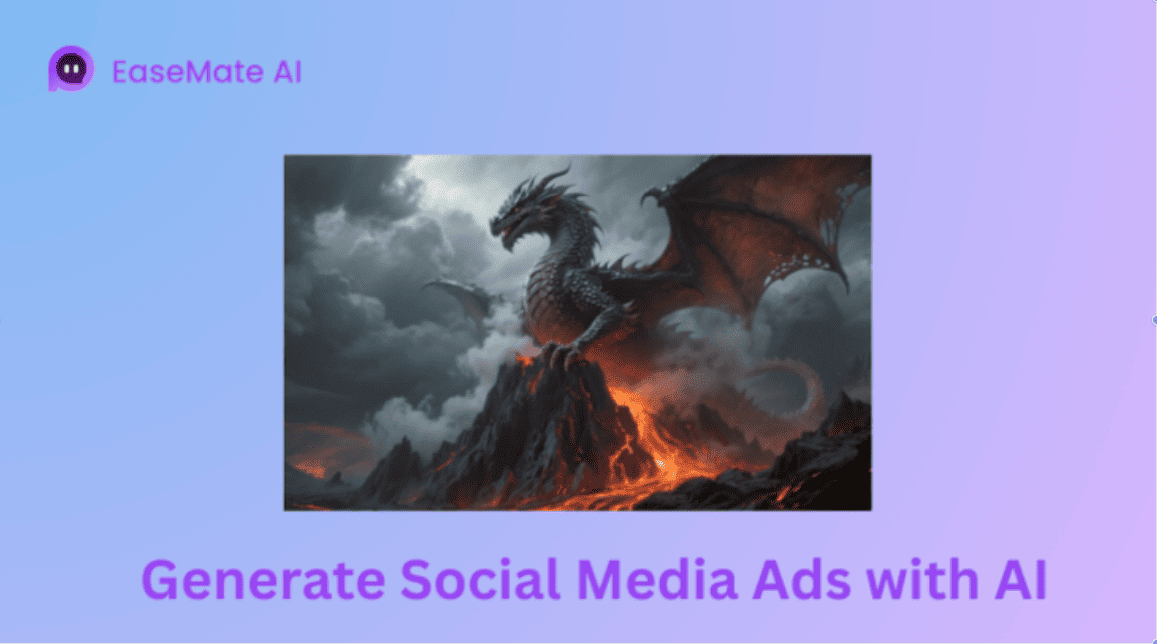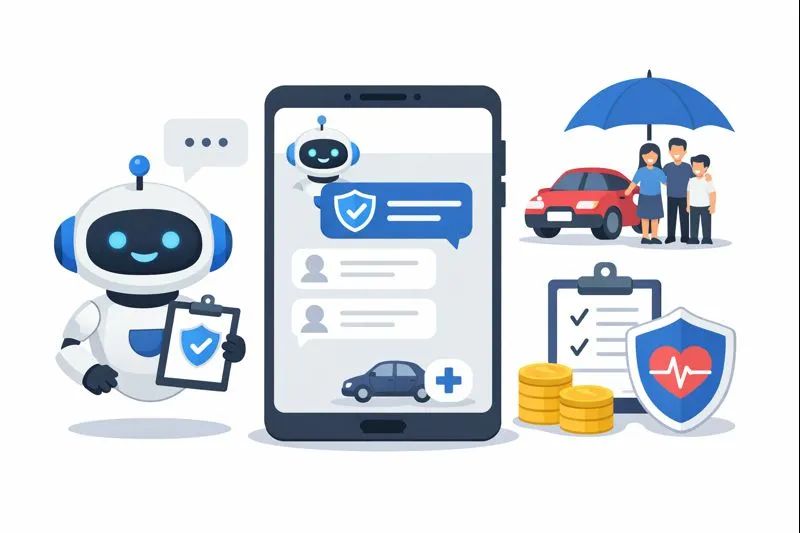Understanding Generative AI for Content Creation
TL;DR
What is Generative AI and How Does it Work?
Okay, let's dive into what generative ai really is and how it actually functions. It's more than just a buzzword, even if it feels like you can't escape hearing about it these days.
Basically, generative ai is like a really smart copycat—but in a good way. It can take existing stuff, learn from it, and then spit out brand new things that are similar. ( - LogicBalls) nvidia explains it as using neural networks to find patterns in data and then use those patterns to make original content.
Think of it like this:
- It's a creator: Unlike traditional ai that just analyzes data, generative ai makes stuff. This can span from text and images to audio, video, and even code!
- It learns by example: Generative ai soaks up existing data like a sponge. Then, it figures out the underlying rules and patterns to generate new, similar data. Kinda like how you learn to write by reading other people's work, you know?
- It's used everywhere: From healthcare, creating synthetic data for training medical ai, to retail, generating personalized shopping experiences, generative ai is popping up all over.
So, how does it DO that? The secret sauce is in the neural networks. They're the foundation nvidia notes, allowing the models to learn from unsupervised and semi-supervised learning techniques. (What Are Foundation Models?) These networks are complex systems, inspired by the human brain, that process information and identify intricate relationships within the data they're fed.
- Foundation Models: Models like GPT-3 and Stable Diffusion are examples of whats called foundation models. They are trained on massive datasets and then fine-tuned for specific tasks. It's like having a super-smart ai that can do a little bit of everything.
These foundation models are the bedrock upon which many generative ai applications are built. They've learned general patterns and knowledge from vast amounts of diverse data, making them adaptable for a wide range of specific content creation needs.
Generative AI Models for Content Creation: An Overview
Generative ai is kinda like that friend who's always coming up with new ideas, right? But instead of just brainstorming, it can actually make those ideas real. Let's dive into the main models that are doing the heavy lifting in content creation right now.
Think of Large Language Models – we're talking about the big names like GPT-4, Bard, and LLaMA – as your go-to wordsmiths. They're trained on massive amounts of text data, which means they can generate human-like text for all sorts of content:
- Article writing, which is super helpful if you're staring at a blank page.
- Copywriting that actually sounds, well, good.
- Script generation, perfect for videos or podcasts.
Each model has its own strengths and weaknesses, naturally. GPT-4, for instance, is often praised for its coherence and ability to handle complex instructions, making it great for detailed articles or creative writing. Bard, on the other hand, might be quicker to access and integrate with Google's search capabilities, potentially offering more up-to-date information. LLaMA, being more open-source, allows for greater customization and research.
Then you have the image generators – DALL-E 2, Midjourney, Stable Diffusion are the ones you'll hear about most often. These are your visual artists, capable of creating images from text prompts.
- Creating visuals for blog posts, which is a big help if you don't have access to stock photos.
- Designing social media content that stands out.
- Developing advertising materials that are eye-catching and unique.
DALL-E 2 is known for its versatility and ability to generate a wide range of styles. Midjourney often produces more artistic and stylized images, while Stable Diffusion offers a lot of control and can be run locally, appealing to those who want more hands-on tweaking.
And, licensing is another thing to think about with image models. It's not always straightforward who owns the copyright to an AI-generated image. Some platforms grant you broad usage rights, while others might have restrictions, especially for commercial use. You also need to be mindful of the possibility that the AI might have been trained on copyrighted material, which could lead to unintended infringement issues. Always check the terms of service!
Practical Applications in Content Creation
Generative ai isn't just for tech giants; it's becoming a secret weapon for content creators. Think about it: endless ideas, drafts in minutes, and a boost in productivity. Sounds good, right?
- Blog Posts: Stuck in a rut? ai can spit out a bunch of blog topics based on a single keyword. It might suggest "5 Ways Generative ai is Changing Content Marketing" or "The Future of Storytelling with ai."
- Social Media: Need catchy captions or engaging posts? ai can generate options tailored to each platform. You can even test different versions to see what resonates best with your audience.
- Email Marketing: ai can help write subject lines that grab attention and craft email body copy that converts. Plus, it can personalize emails for different segments of your audience.
It's like having a creative assistant that never runs out of steam. Now, let's see how this tech can streamline your workflows.
Challenges and Ethical Considerations
Generative ai is cool and all, but it also brings up some serious questions we need to address, like, yesterday. It's not all sunshine and rainbows, you know?
One of the biggest concerns is bias. ai models learn from data, and if that data is biased, the ai will be, too. Imagine an ai trained mostly on male-written content that then generates text that subtly favors men. That ain't good.
- We need to actively work to remove biases from training data. This is especially important in areas like healthcare, were biased ai could lead to unequal treatment. One way to do this is by using diverse datasets that represent a wider range of demographics and perspectives. Another approach is data augmentation, where existing data is modified to create more balanced representations. Re-sampling techniques can also help by over- or under-sampling certain groups to achieve a more equitable distribution. It's also important to ensure factual accuracy. ai can hallucinate stuff, making up facts that sound legit but are totally wrong. Always double-check what it spits out.
Don't forget about human oversight. ai is a tool, not a replacement for critical thinking and careful review. Human oversight and fact-checking is super important.
Then there's the whole messy area of copyright. Who owns the content ai generates? If an ai is trained on copyrighted material, is its output considered plagiarism? These are tough questions -- and there isn't clear answers.
- Companies need clear policies on how ai-generated content is attributed and licensed. These policies might include requirements for disclosing when content is AI-generated, guidelines on how to properly attribute any source material the AI might have drawn upon, and rules about internal usage and sharing of AI-created assets. It's important to avoid plagiarism and ensure originality.
As gartner notes, users should assume that any data or queries they enter into a generative ai will become public information, and we advise enterprises to put in place controls to avoid inadvertently exposing IP.
It's a brave new world, and we're still figuring out the rules. These are ongoing discussions, and staying informed and proactive is key to navigating this evolving landscape responsibly.





